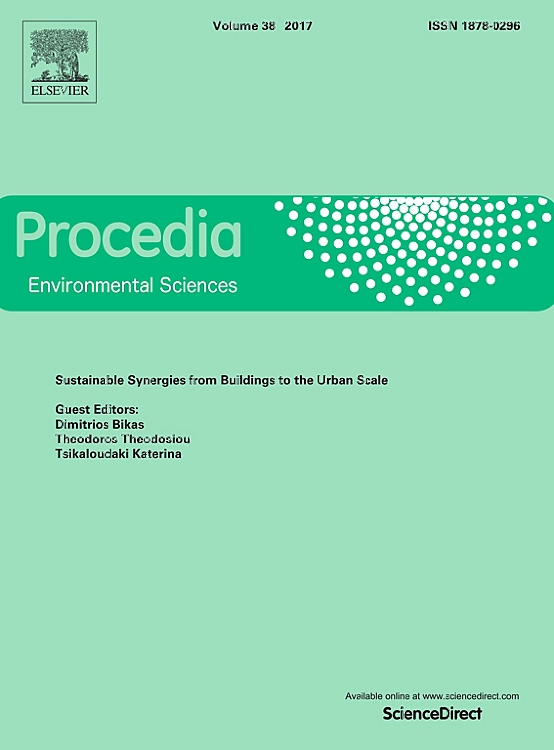Constraints of VSWI in the Estimation of Drought Extent Using Landsat Data: A Case of Tuban, Indonesia
 The Annals of Regional Science
The Annals of Regional Science
Volume 24 (2015), pp 25–28
Bambang H.Trisasongko, Dyah R.Panuju, Diar Shiddiq, La Ode S.Iman, Rizqi I. Sholihah, Selamet Kusdaryanto
Existing drought-impacted data are generally rooted from individual reports, which under-represent spatial information. To improve the report, some meteorological satellites have been employed. Nonetheless, due to lacking of spatial resolution, the scale of the data is often excessively coarse. With the availability of long-term Landsat data, estimated extent of drought has been studied. One of the latest methods for this purpose is Vegetation Supply Water Index (VSWI). VSWI is defined as a ratio between vegetation index (in this case NDVI) and land surface temperature (LST, presented in Kelvin). Both data can be derived from remote sensing data containing multispectral reflectance and thermal data, which are available in Landsat data after calibration procedure. In this research, Landsat 7 sensor was applied considering its temporal span. Landsat data were atmospherically corrected to avoid misinterpretation of the results. We found that VSWI can accommodate various state of drought in agricultural fields. Severely affected fields are represented in dark tone, illustrating the absence of vegetation cover when surface temperature rises. Nonetheless, shortcomings of the technique are visually observable. Based on two kinds of rice field (irrigated and rainfed) coupled with two states of field condition (wet and dry), we conclude that dried and waterlogged irrigated rice fields are inseparable due similar value of NDVI. In contrast, vegetated rice field has fairly high VSWI value. The results indicate that further analysis incorporating water index can improve discrimination process.
Journal URL: http://link.springer.com/article/10.1007/s00168-014-0647-8

 English
English